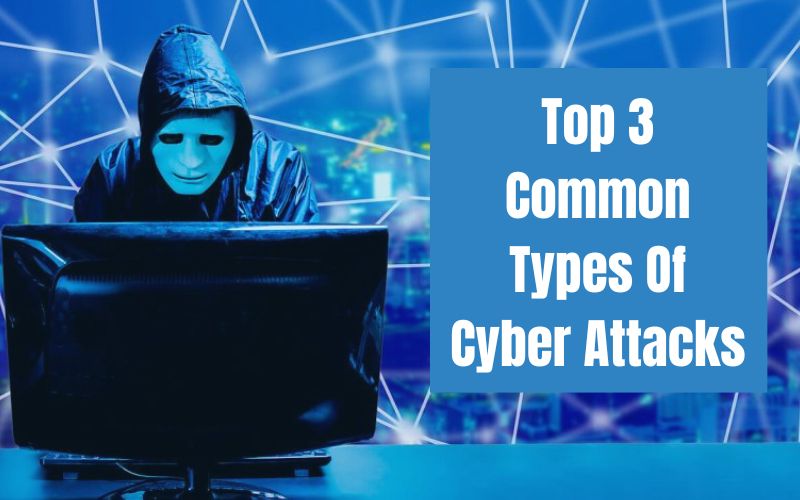Cybercrime increases as hackers create more complex and effective ways to exploit your devices each year. Cyber attacks can happen for a variety of reasons and in several different ways. However, the general approach of most cybercriminals is for them to search for vulnerabilities, things they can exploit, whether in a company’s security procedures, guidelines, or technology.
Cyber-Attack?
Simply put, a cyber attack occurs when a hacker attempts to gain unauthorized access to a system solely for extortion, theft, disruption, or some other illegal motive.
When we look at security incidents, we find that many of them are caused by insiders, either through intent or negligence. However, for this conversation, let’s assume the cyberattack is being steel-clad by someone who was never part of the organization they intend to attack.
Although there are many different methods a hacker can use to gain unauthorized access to a system, the vast majority of cybercriminals prefer to use the same best practices.
1. Man-In-The-Middle Attack (MITM)
A man-in-the-middle attack (MITM) occurs when a hacker intercepts communications from two or more parties to eavesdrop, steal credentials or personal information, or gain influence over the conversation. Even.
MITM attacks aren’t that common these days. Most instant messaging systems and email providers use end-to-end encryption that prevents third parties from inspecting and manipulating data sent over the internet. , whether or not they are or not. Transmitted via a secure network or not.
2. DNS Spoofing
In Domain Name System (DNS) spoofing, a cybercriminal tampers with DNS records so that data is led to a fake or fake website. Once the victim reaches the scam website, they can enter sensitive information that the cybercriminal can sell or use. Some hackers can also go so far as to create a low-quality website that contains inflammatory or derogatory information to make a competitor’s website look bad.
DNS spoofing attacks work because the cybercriminal can take advantage of the fact that the victim is unaware and believes they are visiting a legitimate website. That allows cybercriminals to carry out their nefarious activities on behalf of a legitimate company, or at least that is how it may appear to the victim.
You can prevent DNS spoofing attacks by ensuring all your DNS servers are up to date. A cybercriminal tries to exploit vulnerabilities within a DNS server. It is essential to have the latest patches and updates installed as they usually contain fixes for the latest known vulnerabilities.
3. Crypto-Jacking
Cryptojacking occurs when a cybercriminal compromises a victim’s system or other device and uses it to mine a cryptocurrency like bitcoin. Unlike other attack vectors, cryptojacking is not as well known. But that doesn’t mean you shouldn’t be careful.
When an organization is the victim of this attack, it is tough for them to detect it. Cybercriminals could use a significant amount of network resources to mine your bitcoin for some time without your organization knowing about it.
Of course, if we compare a company’s resources with the theft of sensitive data, the theft of data is more problematic.
Also read: Hack Your Girlfriend’s Facebook Account
Also read: Types Of CyberAttacks



